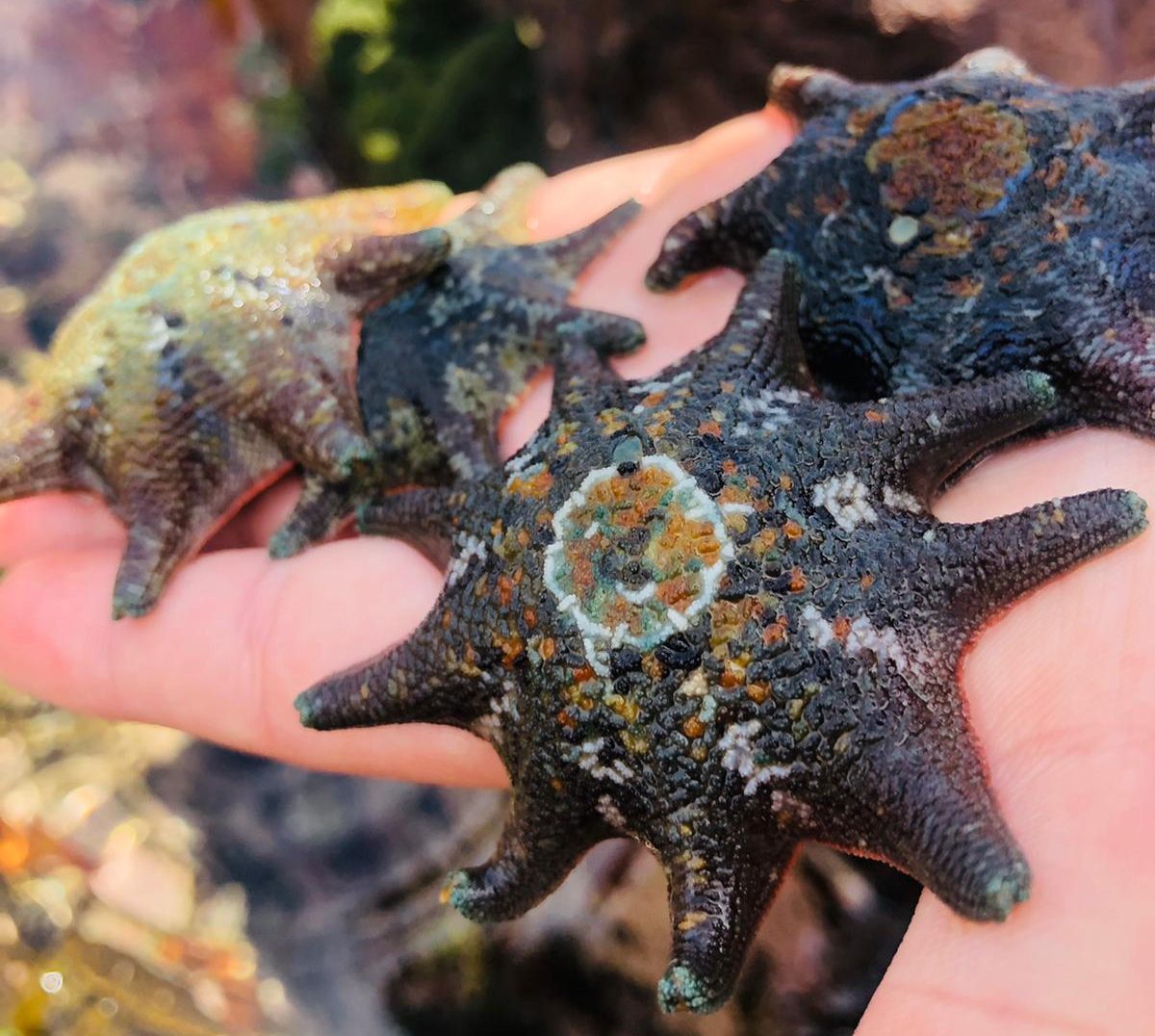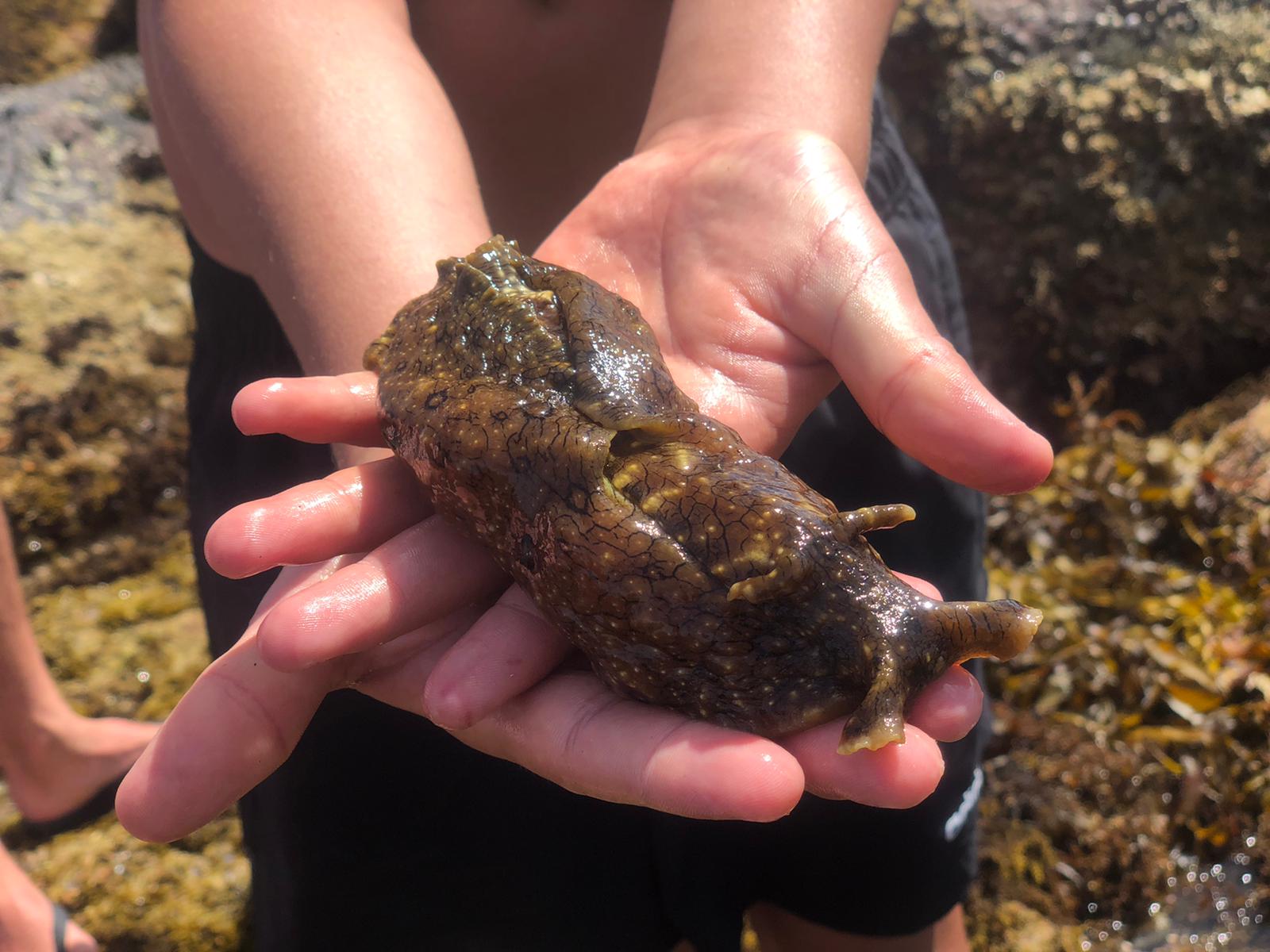On the day
60-minute
incursion
Our incursion programs aim to introduce students to the natural world in a fun, hands-on way by giving students the opportunity to meet our live marine invertebrates. Each incursion program is aligned with the NSW curriculum to ensure that we cover relevant content for your students. Our incursion programs come with a completed risk assessment to keep your students and our animals safe, as well as a permission note template to make organising the incursion easier for teachers!

For the Term
8-week
program
Our 8-week in-class programs complement the students experiences in the 60-minute incursion in a deeper way. Each of the 16 lesson plans have been written to align with the content of the 'Living World' strands of the NSW K - 6 Science and Techonology Syllabus. Each lesson will be guided by short 3 to 5 minute videos which will guide students through their learning activities, which include writing tasks, worksheets, class discussions, research questions and design problems.

Lasting Impact
Sustainability initiatives
Our Stage 1 and Stage 3 programs give students the opportunity to bring nature back to their school yards. In Stage 1, students investigate the needs of a living species found in their local environment and then use their knowledge to help to rebuild habitat for that species. In Stage 3, students work together to implement sustainability initiatives in their school and in their community. Both of these activities are designed to show students that their actions can create a lasting positive impact on their local environment.

